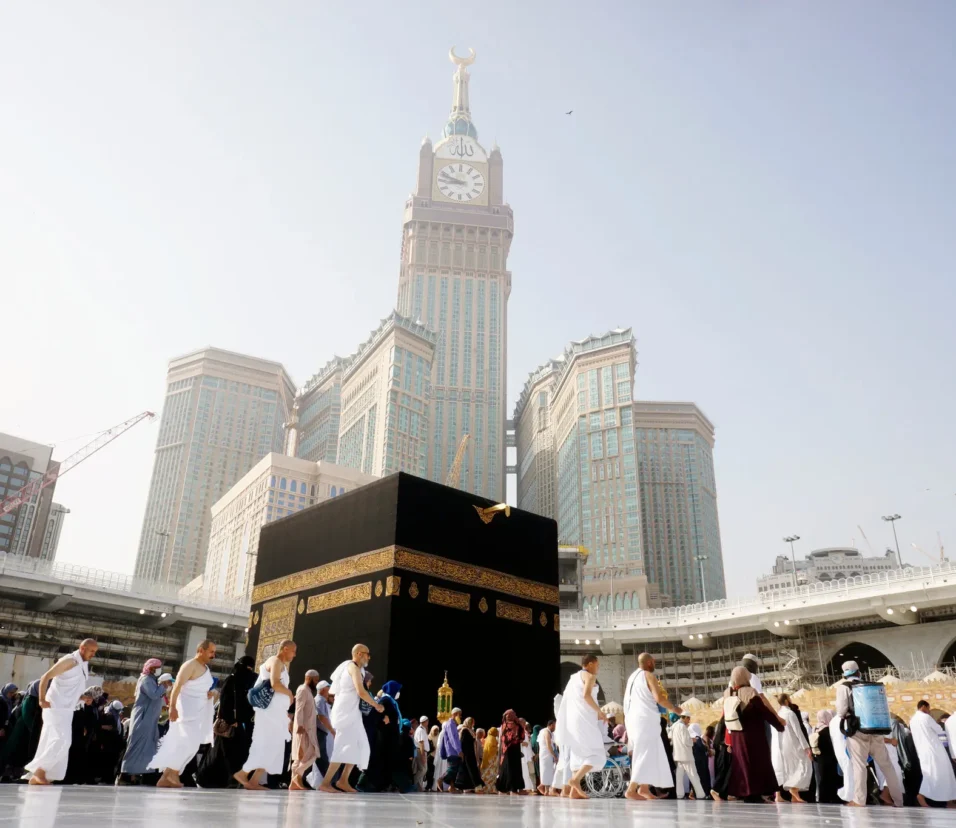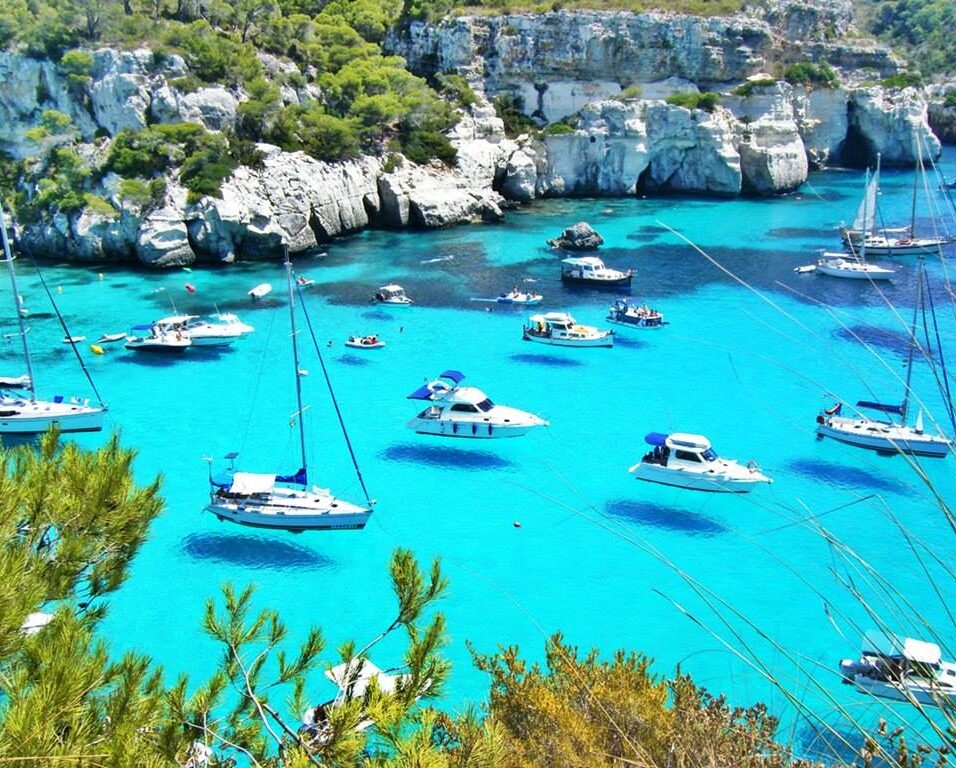Kalpeshwar Mahadev Temple.
Kalpeshwar Temple, dedicated to Lord Shiva and where Shiva’s hair locks (jata) are worshipped, is one of the Panch Kedar Pilgrimages in Dev Bhoomi Uttarakhand, India. The Kalpeshwar temple, located in Chamoli district and 2,134 meters above sea level, is one of the best places for meditation in the Uttarakhand Himalayas. Kalpeshwar is the only Panch Kedar pilgrimage open all year.
The Kalpeshwar temple char dham yatra contains a small stone idol of Lord Shiva. A cave near the temple bears a beautifully and naturally carved image of hair locks.
These are believed to be Lord Shiva’s hair locks, which appeared in Kalpeshwar when he vanished from the forceful hands of the second Pandava, ‘Bhima’. The other four Panch Kedar pilgrimages are Kedarnath, Madhyamaheshwar, Rudranath, and Tungnath, where Lord Shiva’s hip, navel, face, and arm appeared. The specific body parts are worshipped during the pilgrimages.
Legend of Kalpeshwar Mahadev.
The origins of Kalpeshwar can be traced back to the Dwapar Yuga, when Pandavas and Kauravs, sons of kin brothers Pandu and Dhritarastra of Bharat Bansa (clan), fought a holy war described in the Hindu holy epic Mahabharata. The Mahabharata became a kind of world war, killing millions of people from various states who participated in it. After the holy war Mahabharata in Kuruchhetra, the Pandavas, the winners, felt guilty about killing their kinsmen, Brahmins, and others during the war. Pandavas went to Lord Shiva, as suggested by Lord Krishna, to be blessed with salvation.
Do you want to visit Char Dham? Char Dham Travel Agent is the best place to plan your Char Dham tour. You can book the tour from here.
Lord Shiva did not want to meet the Pandavas because he was dissatisfied with their conduct during the war, so he disguised himself as a bull named Nandi. However, Pandavas recognized the grazing bull at Guptakashi as Lord Shiva and attempted to catch him. As Bhima, the second Pandava, caught the bull by its tail and hind legs, Lord Shiva dived into the earth, reappearing five times with five different body parts. When the Pandavas realized Lord Shiva had reappeared in five different places, they built temples in each of them and thus received char dham yatra tour operators salvation from Lord Shiva. Lord Shiva dived at Kedarnath, his hump remained there, and various body parts appeared at different places, including hair (jata) at Kalpeshwar, navel (nabhi) and stomach at Madhyamaheshwar, face at Rudranath, and arms (bahu) at Tungnath.
Kalpeshwar Tourism
Every year, thousands of religious tourists visit Kalpeshwar Mahadev Temple on their way to Badrinath. Regardless of motive, age, or expectations, Kalpeshwar has something to offer all types of tourists and trekkers. Nature lovers and adventurer tourists find serene beauty in the captivating surroundings to wander through, devotional pilgrims find peace and divinity to erase all their guilt and refresh themselves, and sages and spiritual souls find meditative vibes that allow them to travel on a spiritual journey. Nature lovers, trekkers, and tourists appreciate the beauty of the Urgham valley and the beautiful temple seated there, which spreads divine power throughout it. Devotees worship Kalpeshwar Mahadev and receive divine blessings. Spiritual practitioners gather under the Kalpabrikshya or by the cave to absorb the divine aura.
The tour to Kalpeshwar usually begins in Haridwar or Rishikesh. The route goes through Rishikesh, Devprayag, Srinagar, Rudraprayag, Nandprayag, Joshimath, Helong, Urgam Village, and Kalpeshwar. The road from Helong to Urgham village is jeep-able and covers 10 kilometers. The trek begins in Urgham village, Urgham Valley. The trek is 2 kilometers long and takes you through dense apple orchards, where you can enjoy nature and smell the fruits depending on the season. The enchanting Himalayas, placid lakes, and mesmerizing springs keep trekkers interested. Trekking enthusiasts can even plan a longer trek beginning in Helong to enjoy the scenery and journey.
Would you like to visit Indiar? A tour operator in India is the best place to plan your tour. You can book a tour from here.
The best time to visit Kalpeshwar.
Kalpeshwar is the only Panch Kedar pilgrimage site that is open and accessible throughout the year. Kalpeshwar is favored by tourists throughout the year due to its natural beauty and pleasant weather.
Summer: The months of March through June are warm and sunny, with a clear sky and pleasant weather. Light cottons will suffice for a tour around Kalpeshwar.
Monsoon: Months July and August bring spectacular beauty to the Kalpeshwar region. The lush surroundings and breathtaking views of the Himalayas during the rainy season are unrivaled. A raincoat is a must-have item for a tour of Kalpeshwar during the monsoon season.
Would you like to visit Haridwar? Travel agents in Haridwar are the best place to plan your trip. You can book your tour right here.
Spring: Spring months. Kalpeshwar has a lovely climate in October and November, with clear skies, pleasant weather, and a cool temperature. Spring, the season of fruits and flowers, revitalizes and beautifies the Kalpeshwar region.
Winter in Kalpeshwar is bitterly cold, with temperatures occasionally dropping below zero. Warm woolen clothing is required during a Kalpeshwar tour in the winter.
How to reach Kalpeshwar
Joshimath is on the Rishikesh-Badrinath road and is easily accessible by bus, taxi, or jeep. The road from Joshimath to Urgham village in Urgham valley is 10 kilometers long and suitable for jeeps. Tourists can choose whether to hire a jeep or trek and make the most of their trekking experience. The Kalpeshwar Mahadev temple is only 2 kilometers travel agents in haridwar away from Urgham village. Here we discuss how to get to Joshimath and begin the journey to Kalpeshwar:
By air: Jolly Grant Airport. Dehradun is the nearest airport, located 268 kilometers from Joshimath.
By railway: Rishikesh railway station is the nearest railhead, 251 kilometers from Joshimath. Rishikesh is located 42.7 km from Dehradun and 23.8 km from Haridwar.
By road: Joshimath is connected to Rishikesh by a motorable road that runs from Rishikesh to Badrinath.
Places near Kalpeshwar
Vridha Kedar:
Joshimath, located in the Chamoli district of Dev Bhoomi Uttarakhand, is 6,150 meters above sea level and serves as the starting point for several mountain climbing expeditions as well as the trekking route to the major Char Dham pilgrimage of Badrinath. The Narsinha temple of Bhavishya Badri, which represents the future Badri and is one of the Panch Badris, stands majestically in Joshimath. After a 10-kilometer trek, you will arrive in Tapovan, where you will see a hot spring and the breathtaking beauty of the Dhauliganga.





